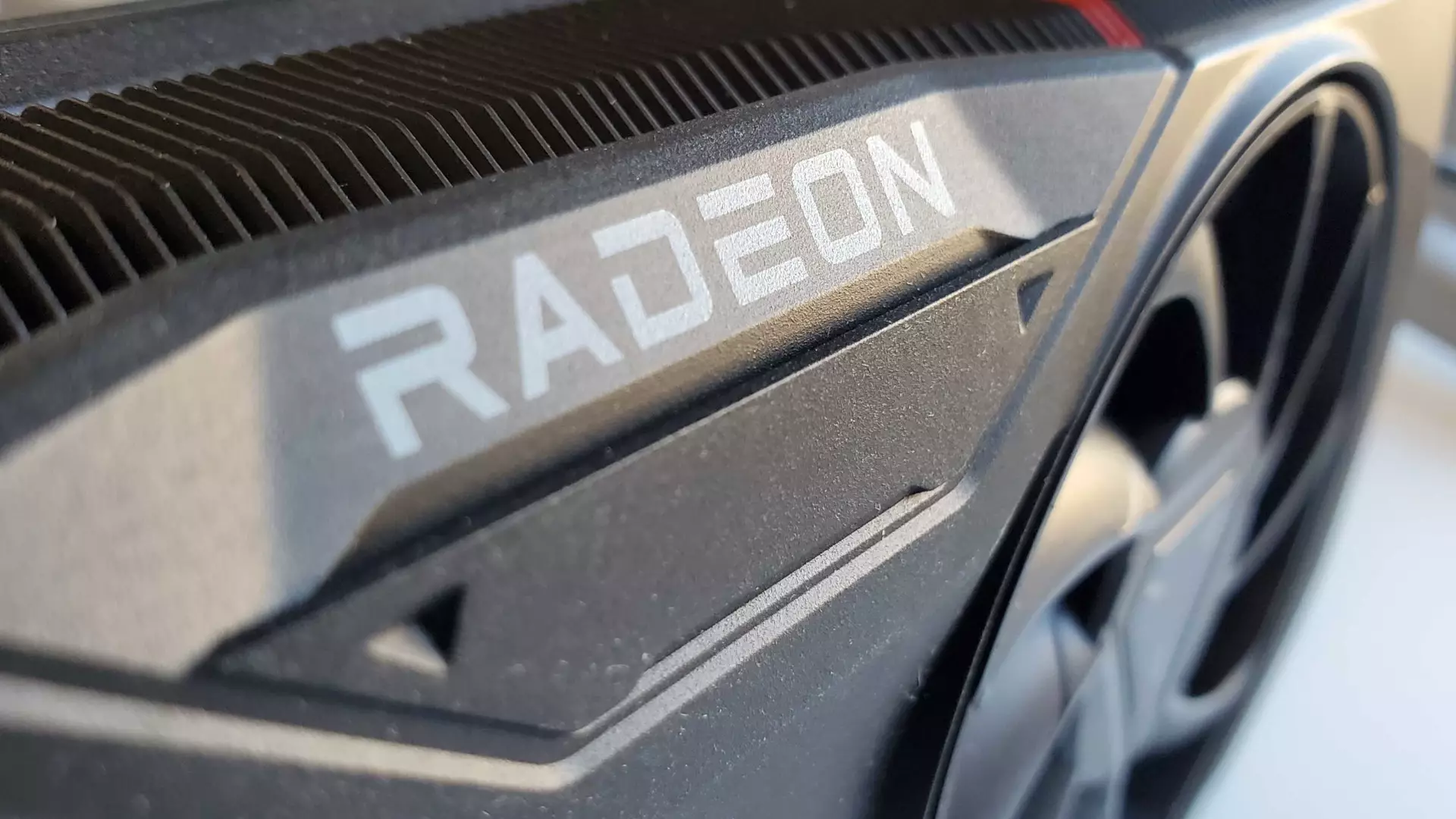In an era dominated by high-performance gaming expectations and ever-increasing hardware requirements, one might wonder why manufacturers, particularly AMD, continue to champion GPUs with a mere 8GB of VRAM well into 2025. Frank Azor, AMD’s Chief Architect of Gaming Solutions, recently weighed in on this debate, asserting that the majority of gamers remain loyal to 1080p displays and do not require more than 8GB of video memory. This perspective, while somewhat controversial, is backed by empirical evidence from user statistics; data indicates that over half of gamers on Steam are still utilizing 1080p monitors, suggesting a significant market demand for less demanding graphics capabilities.
The essence of gaming should cater to a diverse audience, and while some might lean towards ultra-high-definition experiences, a substantial portion of the gaming community is looking for functionality rather than extravagance. In many circles, the overwhelming focus on high-end graphics can obscure the importance of accessibility in gaming. Azor’s statement that “if 8GB isn’t right for you then there’s 16GB” reflects a compelling strategy of catering to various user needs without sacrificing performance. It’s a reminder that, at its core, gaming is about enjoyment, and content rather than pixel count often holds greater weight.
The Budget GPU Dilemma
Despite the persistent hype surrounding powerful GPUs like Nvidia’s flagship cards, many gamers find themselves price-sensitive, eyeing budget options that meet their performance requirements without breaking the bank. With the GTX 1650 remaining among Steam’s top five GPUs in 2025—despite its outdated 4GB VRAM—it’s clear that affordability dramatically influences gamers’ decisions. The crux of this issue lies not solely in the quantity of VRAM, but also in the actual gaming experiences that are delivered.
The RX 9060 XT, priced at an approachable $299, presents itself as a formidable choice for budget-conscious gamers, offering tiers of memory options that expand accessibility. As many gamers today step into the realm of esports titles or indie hits rather than the latest AAA blockbuster, budget cards may not just serve a role; they are vital lifelines for many looking to engage thoroughly with the medium. Herein lies a paradox—the gaming community’s divisive opinions on what constitutes “adequate” performance need a harmonious resolution, and budget GPUs foster a path forward.
Esports: The New Mainstream
Interestingly, the rise of esports has shifted the focus from raw graphical fidelity to performance metrics that enhance gamer’s competitive edge. Titles like Fortnite and Rocket League prioritize smooth performance over high-resolution graphics, creating a robust environment where even modest GPUs can reign supreme. For casual gamers and aspiring professionals alike, the cost of entry has significantly reduced, enabling a broader swath of players to partake without the hindrance of exorbitant prices or the need for elite hardware.
Such a shift will undoubtedly shape future product lines as manufacturers strive to deliver components that meet the evolving standards of gaming. In Azor’s viewpoint, the decision to maintain affordable GPU offerings underscores a commitment to keeping the gaming landscape accessible, while still retaining options for power users. The dichotomy of needs highlights a challenging balance: how to innovate without alienating a significant segment of the gaming population that thrives on simpler, more budget-friendly hardware.
Price and Perception in the Gaming Sphere
Yet, there’s a lingering concern regarding price inflation, especially with AIB partners often driving costs upward beyond manufacturer’s suggested retail prices. Regardless of the technology behind these GPUs, it’s crucial that their value remains in sync with market realities. Gamers are understandably wary of spending hard-earned money on products that may not live up to performance expectations, especially as time elapses and software demands evolve.
For the informed buyer, awareness is key. As the gaming community continues to evolve, both developers and manufacturers must remain vigilant to ensure they aren’t simply chasing trends at the expense of long-time gamers who value both nostalgia and accessibility. As Azor and AMD continue to navigate this pivotal landscape, their strategy appears aligned with the actual needs of a substantial demographic, making 8GB GPUs in 2025 not just viable, but strategic.
The path forward in gaming technology will necessitate continual brainstorming around user experience, enhanced accessibility, and of course, value for investment. While higher-tier graphics adapters have their place, the dividends earned by keeping 8GB GPUs in circulation speak to a vision of inclusivity and respect for various gamer experiences.

